
Three years of Scotland’s rural land market in six maps
Hanna Wheatley
This week we have published our latest Rural Land Market Report, the next in our series looking at sales in Scotland’s rural land market over recent years.
Since 2022, we have published two annual reports; one based on interviews with land agents about their perceptions of motivations and drivers in rural land sales, and the other based on land sales data.
This latest report is based on land sales data from Registers of Scotland, which we enriched with industry data, in order to build a picture of what happened in the rural land market from 2020 to 2022. We focused on land sales larger than 25 hectares across three key land use types: farmland, forestry and estates.
The Registers of Scotland data is not produced for research purposes, so it takes a bit of wrangling to get it into a format that is useful for us. There are a huge number of sales in their data set, some of which are for very small pieces of land, and some of which we don’t know how big the area of land is or how much it was sold for – two key pieces of information for a market analysis. That said, we ended up with a total of 740 land sales that occurred in 2020-2022, enabling us to generate the best estimates possible with current data limitations. We're committed to continuing this work over the next three years, and will be continuing to improve the methodology every year.
We think that a fuller picture of how the market currently operates is vital to any work on land reform, and hope this work is useful to anyone working on policy development in this area.
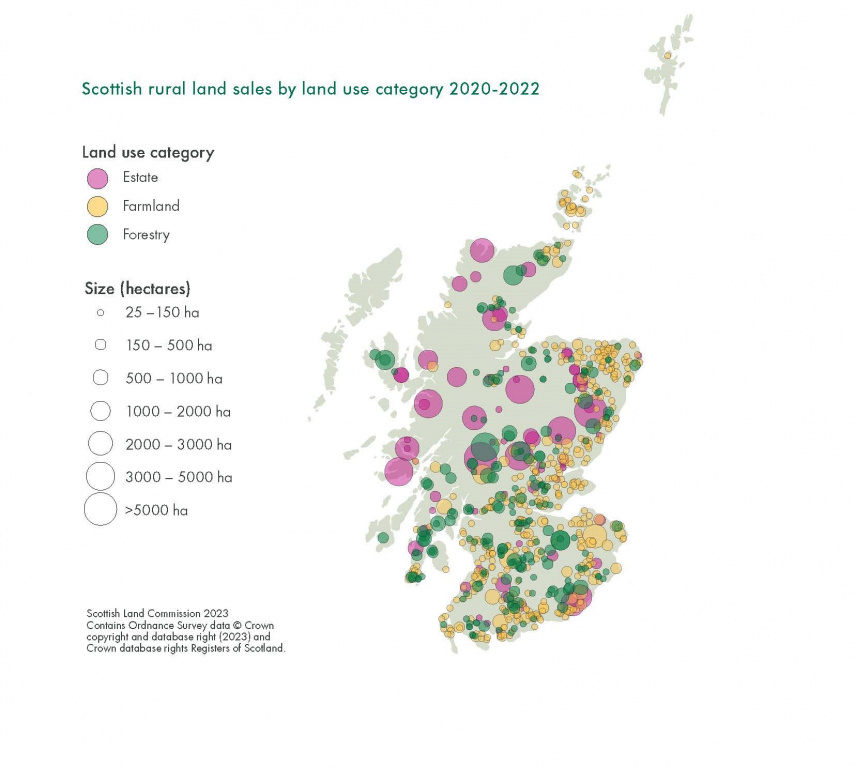
Map 1 shows the breakdown of land sales by size and land use type. Overall, we focused on land sales larger than 25 hectares. We found that most rural land sales identified in this report (between 91.4% and 95% each year) were smaller than 500 hectares. In fact, very few land sales over 3,000 hectares took place over the three years – only 1.1% of all sales we identified.
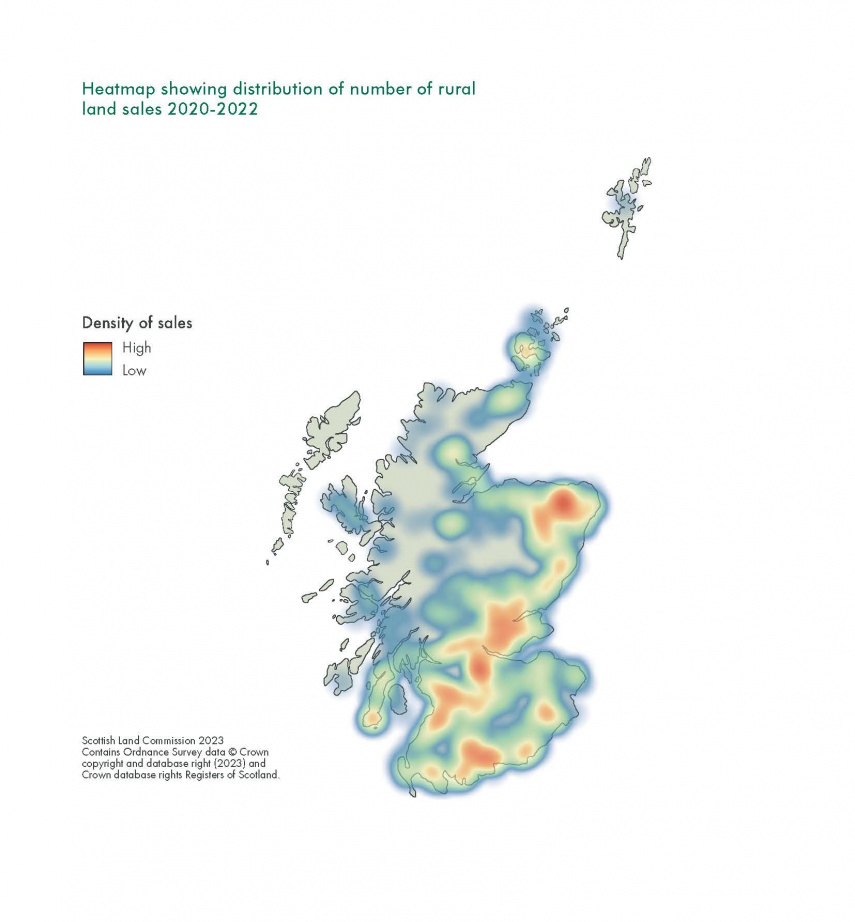
Map 2 shows the distribution of land sales across the country. Eastern Scotland (including the Borders) had the highest total number of sales over the three-year period (234 sales), followed closely by the South West Scotland region (223 sales).
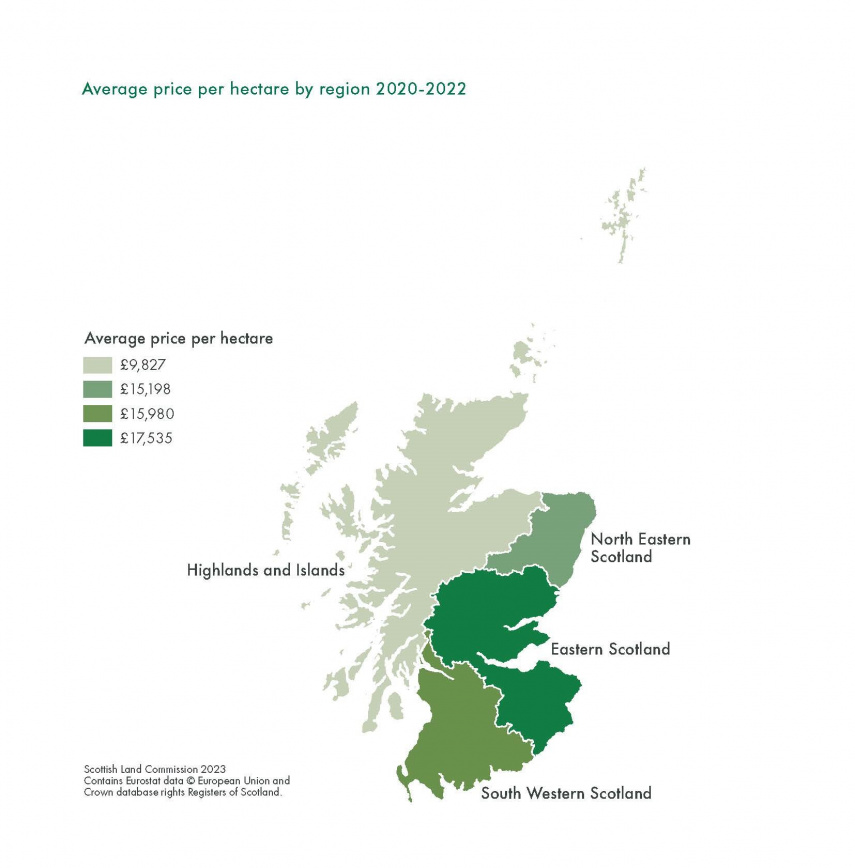
Map 3 shows the average price per hectare for all land sales, highest in Eastern Scotland and the Borders.
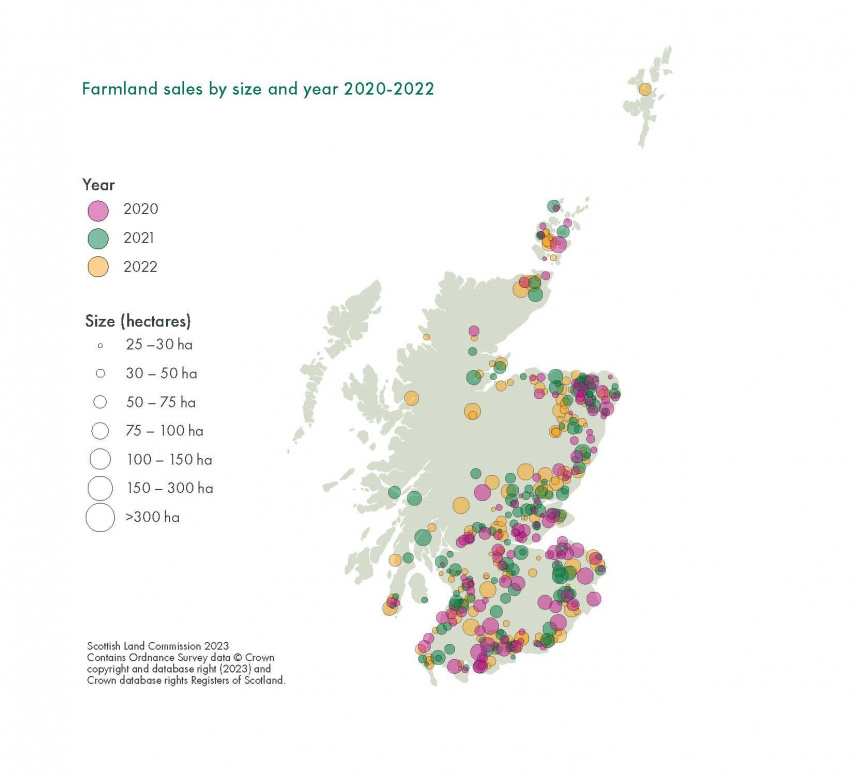
Map 3
Farmland continues to make up the majority of rural land sales, accounting for over half of all sales. The area and value of farmland has steadily increased over the three-year period. Most farmland sales were under 150 hectares, and the average farmland sale over the period was 106 hectares, but in 2022 three sales over 1,000 hectares took place.
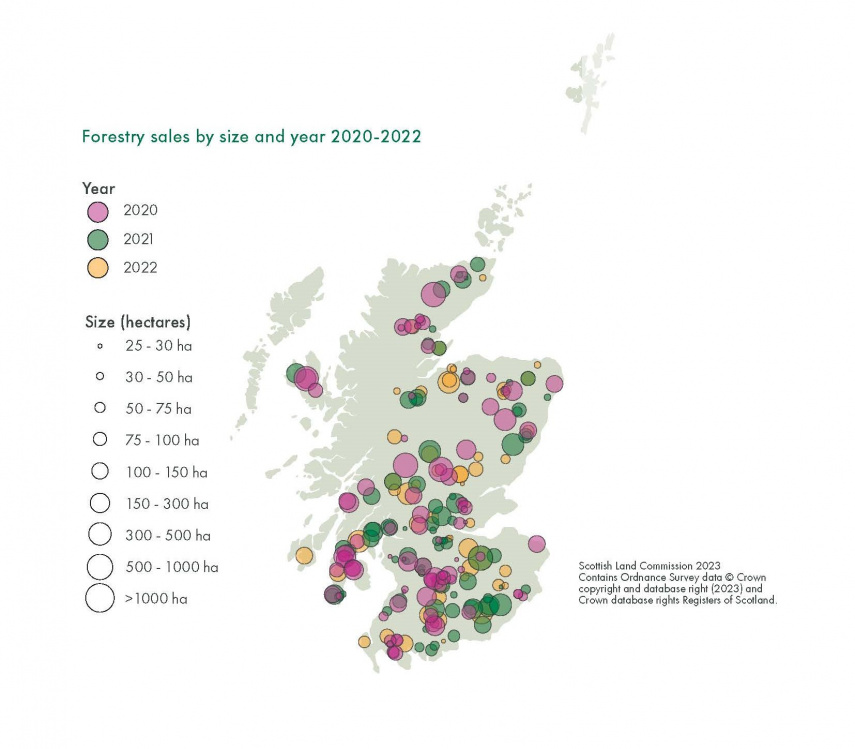
Map 4
We found a total of 230 forestry and woodland sales. Unlike farmland, the number and total area of forestry sales decreased in each year from 2020-2022. In addition, the findings indicate that in 2022, some of the heat from the 2021 forestry market subsided with lower per/hectare average prices than in 2021. This chimes with land agents perceptions from the Rural Land Market Insights Report 2023, in which agents reported more “caution” entering the market.
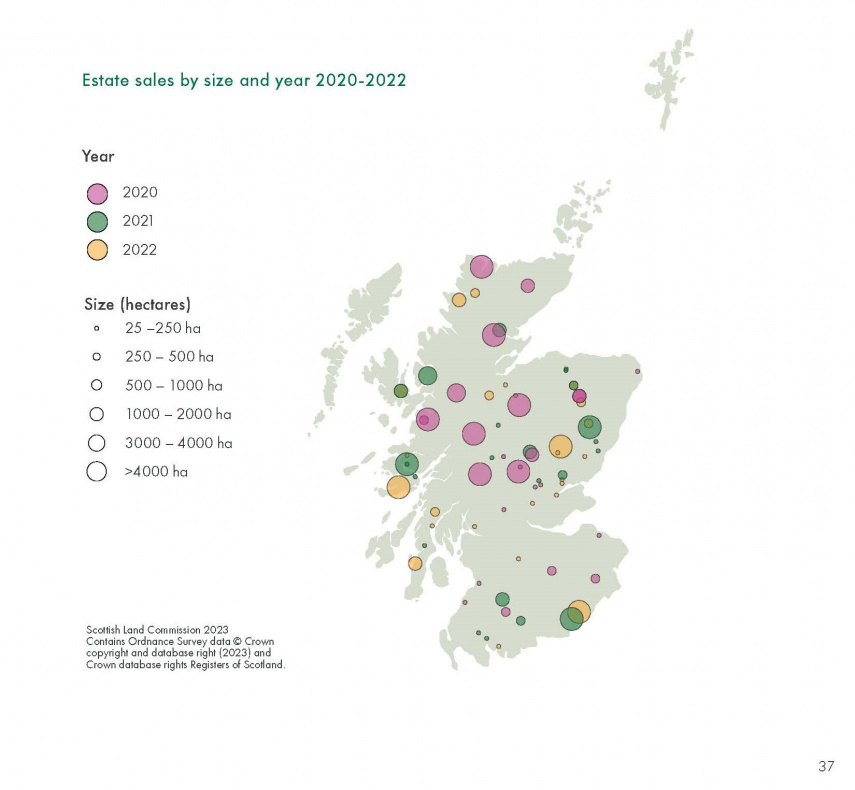
Map 5
As “Estate” is not a land classification option when registering a land sale with Registers of Scotland, identifying estate sales in this data is particularly difficult. We found 25 in 2020, 23 in 2021 and 25 in 2022. However, the estates we identified are smaller than some of those we know sold over the last 3 years based on industry reports. We found estate sales for a variety of prices, from a low of £60,000 to a high of £17.6 million.
Check out the full report for much more information about rural land sales in Scotland 2020-2022.